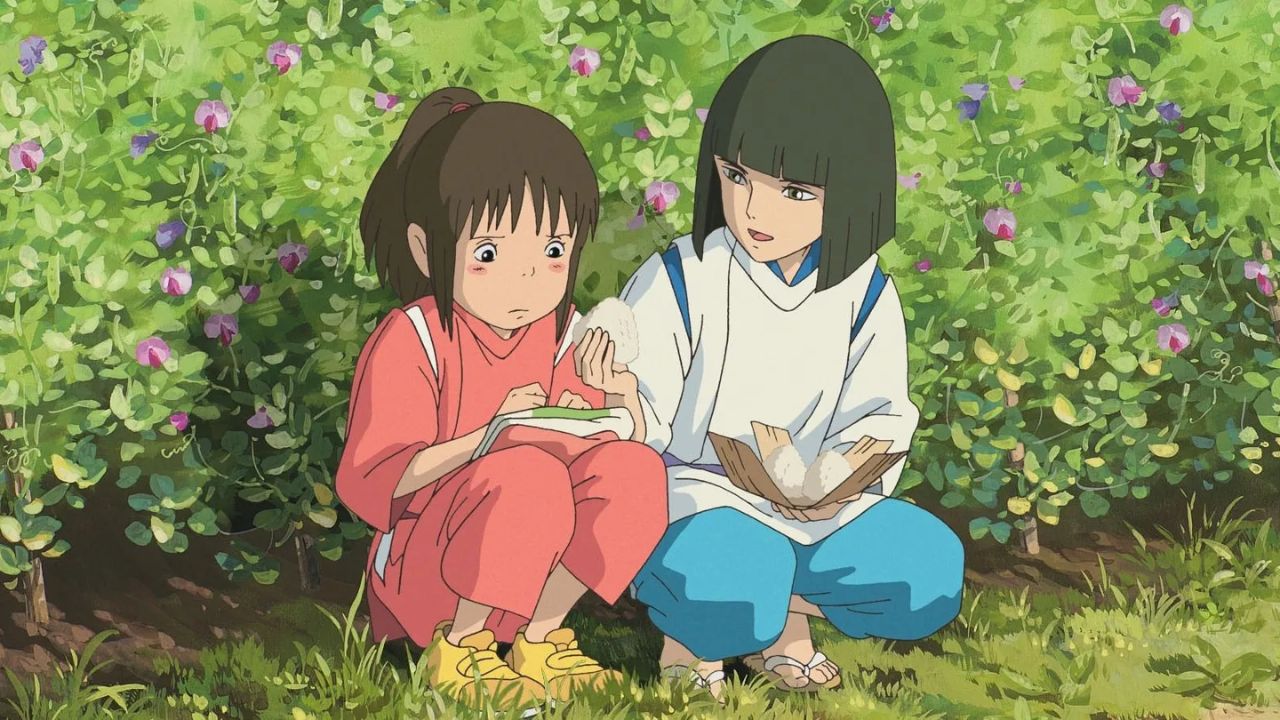Imagine a world where hand-drawn animation tells stories of wonder, heartbreak, and everything in between. That’s the gift Studio Ghibli has given us for nearly four decades. Whether you’re new to these Japanese animated films or a longtime fan, watching Studio Ghibli movies in order can bring a fresh appreciation for their artistry. This guide is here to help you follow their journey—from the earliest classics to the latest gems—while sharing insights that make each film special. Ready to step into Ghibli’s magical universe? Let’s begin.
A Quick History of Studio Ghibli
Studio Ghibli kicked off in 1985, born from the vision of Hayao Miyazaki, Isao Takahata, and Toshio Suzuki. What started as a small studio in Tokyo quickly grew into a global name, thanks to its unique blend of stunning visuals and heartfelt storytelling. Over the years, their animation evolved—think of the soft, painterly frames of My Neighbor Totoro compared to the sharper, modern edges of The Wind Rises. They’ve earned Oscars, smashed box office records, and built a legacy that’s inspired countless creators. Knowing this backstory sets the stage for why their films matter so much.
Exploring the Magical Worlds of Hayao Miyazaki and Studio Ghibli
Hayao Miyazaki, a legendary animator and storyteller, has captivated audiences worldwide with his imaginative narratives, breathtaking animation, and profound themes. As a co-founder of Studio Ghibli, his films blend fantasy, environmentalism, and human emotion into timeless masterpieces. Below, we dive into some of his most iconic works, along with other notable Studio Ghibli films, tracing his evolution as a filmmaker and the studio’s lasting legacy.
Lupin the Third: The Castle of Cagliostro (1979)
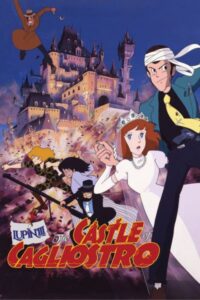
Miyazaki’s feature-length directorial debut, Lupin the Third: The Castle of Cagliostro, introduces us to master thief Lupin III as he ventures into the mysterious country of Cagliostro in search of a lost treasure. Part of the beloved Japanese manga franchise, this film unfolds like a fable, reminding us that appearances can deceive. Lupin transforms from a cunning rogue into a courageous hero as he uncovers the sinister schemes of the Count of Cagliostro. Its whimsical charm and dynamic action sequences later inspired filmmakers at Disney, Pixar, and beyond.
Nausicaä of the Valley of the Wind (1984)

Set in a post-apocalyptic world 1,000 years after a cataclysmic war, Nausicaä of the Valley of the Wind follows Princess Nausicaä, a compassionate leader who bridges the divide between humanity and nature. Able to communicate with the giant Ohmu insects of a toxic jungle, she strives to prevent conflict and restore balance. The film critiques humanity’s fear-driven impulse to destroy the unknown rather than understand it, a message that resonated so strongly it led to the founding of Studio Ghibli.
Castle in the Sky (1986)
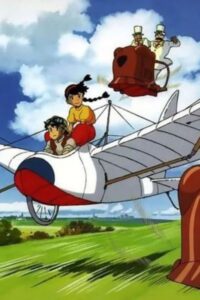
Miyazaki’s first Studio Ghibli production, Castle in the Sky, follows Pazu and Sheeta as they protect a powerful crystal from pirates and the military while seeking the mythical floating castle of Laputa. Winner of the 1986 Animage Anime Grand Prix, this anti-war tale weaves themes of environmental stewardship and peace, suggesting that a “castle in the sky” resides in everyone’s heart—a symbol of hope and imagination.
My Neighbor Totoro (1988)
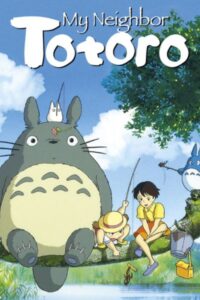
A celebration of childhood wonder, My Neighbor Totoro follows sisters Satsuki and Mei as they encounter Totoro, a gentle forest spirit, after moving to the countryside. Through their innocent eyes, the world brims with magic—dust-mite Susuwataris, tiny Totoros, and the whimsical Catbus. This heartwarming story captures the beauty of nature and the fleeting joys of youth, cementing Totoro as a cultural icon.
Grave of the Fireflies (1988)

Directed by Isao Takahata, Studio Ghibli’s co-founder, Grave of the Fireflies is a haunting tale of survival during World War II. It follows siblings Seita and Setsuko as they struggle against hunger and loss after their home is destroyed in a firebombing. This devastatingly beautiful film explores the human cost of war, leaving an indelible mark as one of animation’s most powerful tragedies.
Kiki’s Delivery Service (1989)
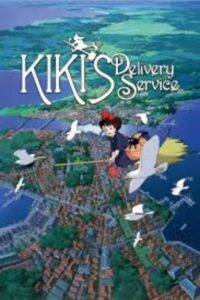
Kiki’s Delivery Service chronicles the coming-of-age journey of Kiki, a young witch, and her talking cat, Jiji. Tasked with completing a year of training in the coastal town of Koriko, Kiki starts a delivery service, earning the town’s affection through her kindness and grit. With her iconic red bow and black dress, Kiki embodies independence and resilience. This film marked the start of a 15-year distribution partnership between Disney and Studio Ghibli.
Only Yesterday (1991)
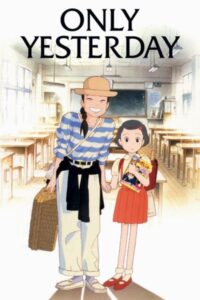
Another Takahata gem, Only Yesterday follows Taeko, a 27-year-old woman reflecting on her childhood in 1960s Japan as she vacations in the countryside. Blending nostalgia with self-discovery, the film examines the passage of time and the quiet moments that shape us. Its realistic portrayal of memory and emotion makes it a standout in Studio Ghibli’s catalog.
Porco Rosso (1992)

Set in post-World War I Italy, Porco Rosso introduces a pig-faced pilot who once refused to fight for fascists, choosing instead a life of freedom as a bounty hunter. With humor and heart, Miyazaki explores war’s toll, identity, and redemption through this unconventional hero who dreams of being “a pig that can fly.” Its mature tone offers a rare male perspective in Miyazaki’s oeuvre.
Pom Poko (1994)
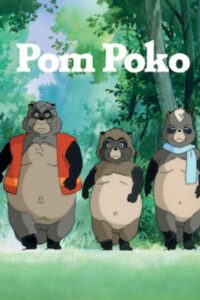
Directed by Takahata, Pom Poko is a whimsical yet poignant tale of tanuki (raccoon dogs) fighting to protect their forest from urban development. Using their shape-shifting abilities, they wage a playful resistance against humanity’s encroachment. This film blends folklore with environmental commentary, showcasing Studio Ghibli’s versatility.
Whisper of the Heart (1995)

Directed by Yoshifumi Kondō, Whisper of the Heart follows Shizuku, a bookish teenager who discovers her passion for writing while pursuing a mysterious cat statue’s origins. A tender coming-of-age story, it explores creativity, ambition, and young love, offering a grounded contrast to Studio Ghibli’s more fantastical tales.
Princess Mononoke (1997)
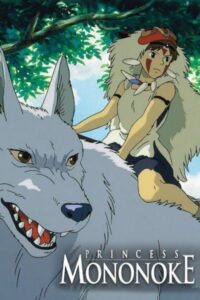
Princess Mononoke pits industrialization against nature in an epic struggle. Ashitaka, a cursed warrior, mediates between humanity and the forest’s guardians, including the wolf-raised San (Princess Mononoke). Miyazaki’s animistic vision shines through the kodama tree spirits and the Forest Spirit, emphasizing the spiritual cost of environmental destruction.
My Neighbors the Yamadas (1999)

Takahata’s My Neighbors the Yamadas is a lighthearted, episodic look at a quirky Japanese family. Presented in a watercolor style, it captures everyday humor and warmth, from forgotten umbrellas to marital bickering. This charming departure from grand narratives highlights Studio Ghibli’s range.
Spirited Away (2001)
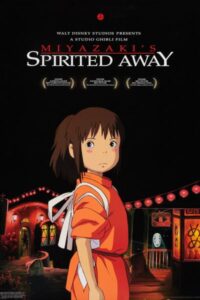
The Oscar-winning Spirited Away follows Chihiro, a girl trapped in a spirit realm after her parents are turned into pigs. As she navigates this surreal world to save them, she matures from a petulant child into a brave heroine. A masterpiece of storytelling, it critiques societal issues like greed and exploitation while celebrating resilience.
Howl’s Moving Castle (2004)

In Howl’s Moving Castle, Sophie, cursed into old age, finds refuge with the enigmatic wizard Howl. Their journey through a war-torn world explores love, self-worth, and redemption. Nominated for Best Animated Feature, this visually stunning film showcases Miyazaki’s ability to blend romance with anti-war sentiment.
Ponyo (2008)
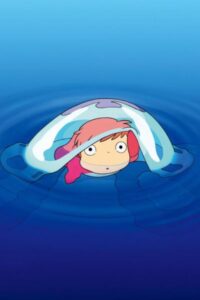
Ponyo tells the pure, joyful tale of a goldfish princess who falls for Sosuke, a human boy. Her iconic declaration, “Ponyo loves Sosuke!” encapsulates a love unburdened by complexity. With scenes like Ponyo running across waves, Miyazaki celebrates nature’s beauty and innocence.
The Secret World of Arrietty (2010)
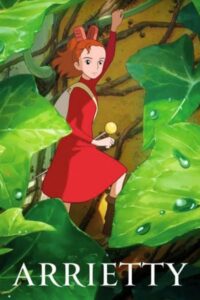
Directed by Hiromasa Yonebayashi, The Secret World of Arrietty adapts The Borrowers, following tiny Arrietty and her family as they secretly live beneath a human home. When a boy discovers her, a delicate friendship forms. This gentle film explores trust and coexistence with Miyazaki’s signature touch as screenwriter.
The Wind Rises (2013)
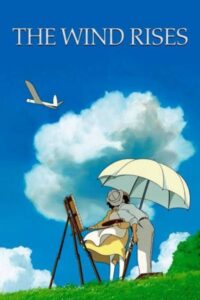
The Wind Rises revisits wartime through Jiro Horikoshi, an aircraft designer torn between his dreams and their destructive potential. His love story with Nahoko unfolds against a backdrop of war and loss, focusing not on tragedy’s peak but on life’s persistence. It’s a reflective capstone to Miyazaki’s career.
The Boy and the Heron (2023)

Miyazaki’s latest (and possibly final) film, The Boy and the Heron, follows Mahito Maki as he navigates a fantastical realm with a talking heron. Released with minimal promotion, it tackles war, friendship, and humanity’s complexities. Opening the 2023 Toronto International Film Festival, it’s a fitting, enigmatic farewell—if retirement holds.
Alternative Viewing Orders for Studio Ghibli Fans
Maybe release order isn’t your thing. No problem! You can mix it up based on who directed the film, its central theme, or even how it looks. Here are some ideas.
By Director
Hayao Miyazaki’s films—like Princess Mononoke and Howl’s Moving Castle—burst with imagination and sweeping visuals. Meanwhile, Isao Takahata’s work, such as Grave of the Fireflies and The Tale of the Princess Kaguya, digs into raw emotion and grounded reality. Pick a director and follow their path through the Ghibli collection.
By Theme
Love nature? Start with Nausicaä, Princess Mononoke, and Pom Poko for their environmental heart. If coming-of-age hits home, try Kiki’s Delivery Service or Whisper of the Heart. For war’s heavy toll, Grave of the Fireflies and The Wind Rises pack a punch. Grouping them this way lets you connect with what speaks to you.
By Animation Style
Early Ghibli films shine with hand-drawn warmth—think My Neighbor Totoro. Later, they toyed with digital touches in The Wind Rises and went full CG with Earwig and the Witch. Watching this way highlights how their tools changed while their spirit stayed true.
Must-Know Details About Iconic Studio Ghibli Films
Some Studio Ghibli films stand taller than others, and they’ve got stories worth hearing. Spirited Away, for instance, isn’t just a movie—it’s a phenomenon that grossed over $395 million worldwide. My Neighbor Totoro gave us Totoro, the big gray fluffball who’s now Ghibli’s mascot. And Princess Mononoke? It’s a brutal yet beautiful look at humanity’s tug-of-war with nature. Fun fact: Miyazaki once said Totoro’s design came from a creature he imagined as a kid. These films aren’t just art—they’re cultural landmarks.
Where to Watch Studio Ghibli Movies in Order
Ready to start your marathon? You’ve got options. In the U.S., Max streams most Studio Ghibli films, while Netflix covers them in places like the UK and Japan (check your region!). Physical copies—DVDs or Blu-rays—are gold for collectors, especially the GKIDS sets. Grave of the Fireflies can be trickier since it’s tied to a different distributor, but hunt around on Amazon or specialty stores. Your Ghibli journey’s just a click or a disc away.
F.A.Q
How many Studio Ghibli movies are there?
As of 2023, there are 24 feature films linked to Studio Ghibli, including Nausicaä as the unofficial start and The Boy and the Heron as the latest.
Should I include Nausicaä when watching Studio Ghibli movies in order?
Yes, if you want the full picture! It’s pre-Ghibli but directed by Miyazaki and feels like part of the family.
What’s the best Studio Ghibli movie for beginners?
Try My Neighbor Totoro or Spirited Away. They’re accessible, iconic, and show off Ghibli’s charm.
Are all Studio Ghibli films directed by Hayao Miyazaki?
No! Miyazaki helmed many, but Takahata, Goro Miyazaki, and others brought their own visions to the table.
Why isn’t Grave of the Fireflies on some streaming platforms?
It’s owned by a separate company, not Ghibli’s usual partners, so distribution varies.
Wrapping Up
Following Studio Ghibli movies in order isn’t just about ticking off a list—it’s a chance to see their magic unfold, from scrappy beginnings to Oscar-winning heights. You’ll laugh with Totoro, cry with Seita, and soar with Howl. So grab your popcorn, pick your starting point, and let Ghibli sweep you away. What’s your favorite Studio Ghibli film? Drop it in the comments or kick off your watch party today!

